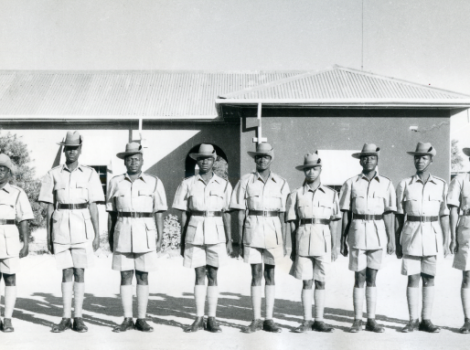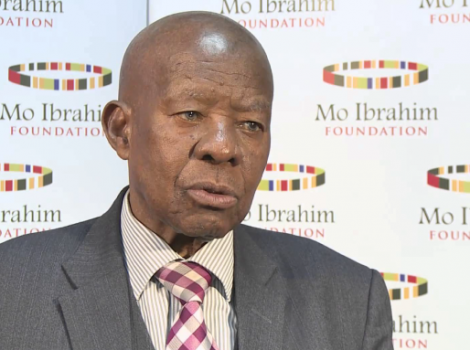
The BWP (the Botswana pula) is one of the strongest and most stable currencies in Africa. Despite this, its value has fallen over recent years relative to the USD. Introduced after the country’s independence, it backs what is one of Africa’s most stable economies.
- Botswana Currency Code: BWP
- Botswana pula Symbol: P
- Subunit: Thebe (1/100)
- Coins: 5, 10, 25, 50 thebe, 1, 2, 5 pula
- Banknotes: 10, 20, 50, 100, 200 pula
- Botswana GDP (nominal): US$13.011 billion
- Central Bank: Bank of Botswana
Botswana became independent in 1966, but it wasn’t until 1976 that the pula was introduced. Pula is a Setswana word that is translated as rain. As rain is a precious commodity in the Kalahari Desert, it has reverence and importance amongst the people (the blue on the country’s flag also represents water). Thebe (the subunit) is translated as defenceand literally means shield.
From glass beads to the Pula
Long before the pula came into play, Botswana used beads to trade – at least according to Culture Botswana. The beads came from ‘Ma-ga-letsela’, a nation that used elephants as beasts of burden. As John Campbell, one of the first missionaries to arrive in Botswana, would record later, Kgosi Diutlwileng of the Hurutshe living in Kaditshwene was “greatly disappointed” that he and his party had not brought beads to exchange with his community for cattle and elephants’ teeth.
“Beads are the only circulating medium or money in the interior of South Africa,” Campbell wrote in 1822.
The Scottish missionary learnt from Diutlwileng that some of the beads came from a nation that lived to the northeast, used elephants as beasts of burden and lived “near the Great Water.” The Hurutshe (and maybe all other Batswana) called these people Ma-ga-letsela – people of the cloth. That detail points to one nation: India. “Great Water” might be useful in a similar historico-linguistic context because it competes with “lewatle” for what Batswana called the ocean.
Beads had actually come to Botswana much, much earlier than Diutlweng’s time. On Tsodilo Hills is a site called Nqoma which was an important trade centre in a transcontinental network as early as the 9th century. Nqoma, which is atop Female Hill, was the residence of an elite which, as Professor Edwin Wilmsen of the University of Texas at Austin proposes, possibly included the Khwe – Bushmen.

Artefacts found on this site, which include the Chibuene series glass beads, indicate trade connections with the Indian Ocean coast and Europe. The record consulted by Culture Botswana is not clear on what the Nqoma beads were used for, but the period in question is when beads were widely used as money. Culture Botswana reader, Shima Situmbeko, one of our readers, drew attention to the Bechuanaland Border Police Canteen token coins that were issued by the colonial government in 1893. These were the first monetary coins to be used in Botswana.
Token coins are typically used by a select group and to aid commerce in a society that it was introducing to capitalism, the British soon introduced the pound sterling. Growing up in a Bechuanaland that used pounds and shillings, folk music maestro, Ratsie Sethako, would incorporate the “ponto le sheleng” phrase (pound and shilling) into his brand identity. The pound sterling was used in much of the British Empire but along the way, Bechuanaland would get out of what was called the Sterling Area and replace the pound with the South African rand.
Newly-independent Botswana used the rand until August 1976 when the country introduced its own national currency – the pula. PULA!
Source: Culture Botswana 2.0
About Culture Botswana 2.0: A unique nation-building tool, Culture Botswana 2.0 champions cultural diversity, inclusion, equality and visibility through indigenous-culture journalism that documents and dignifies all of Botswana’s indigenous cultures. Culture Botswana 2.0 has a Facebook page of the same name.
But it wasn’t until 1976 that the pula was introduced… click the story below to find out more.



